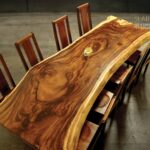The Naga people are a collection of 35+ tribes, or about 3.5 million people, who live in the hills of Nagaland, India and in the bordering country of Myanmar. Their beliefs are animistic and shamanism is a respected, integral part of everyday life.
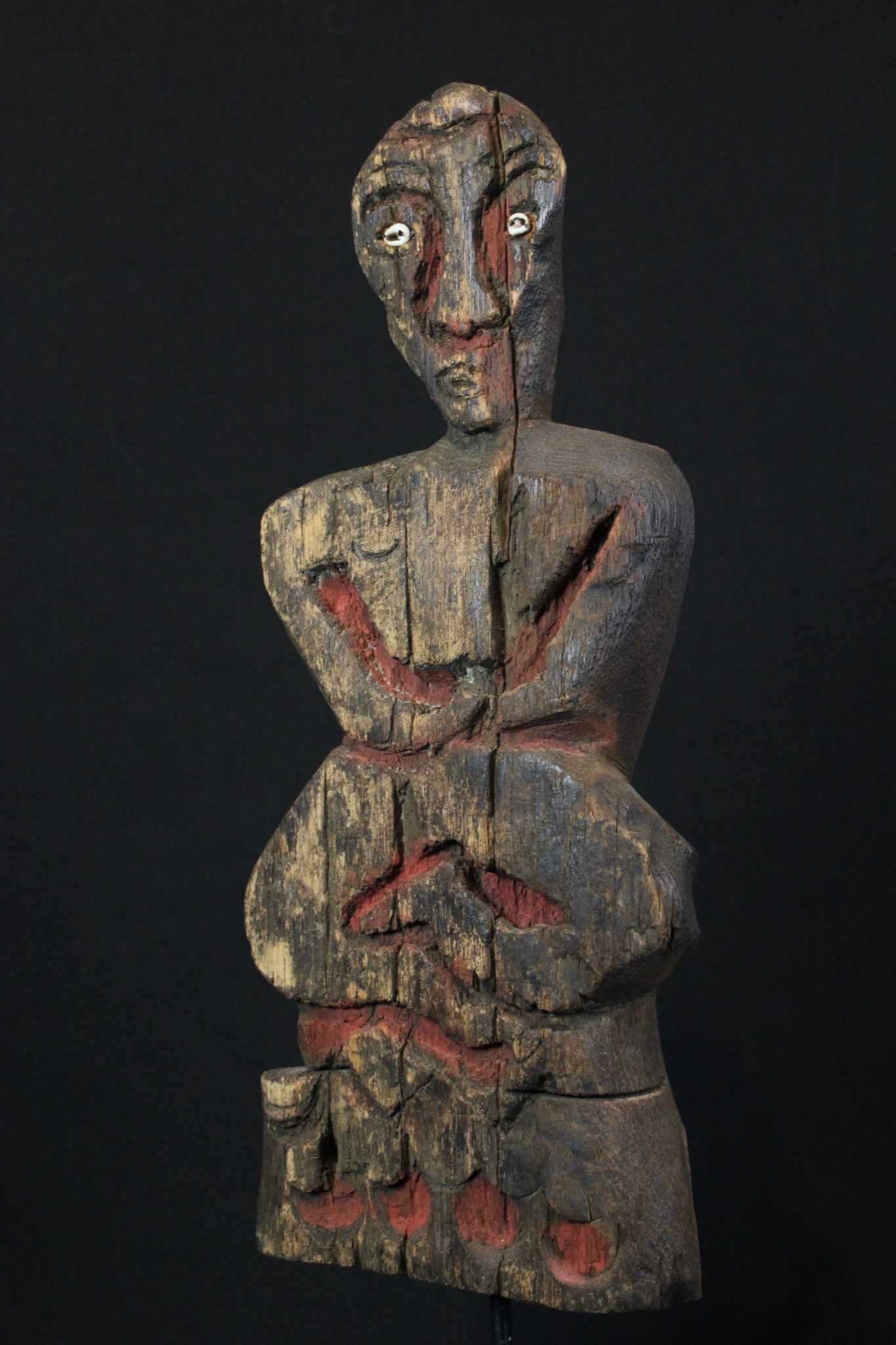
This figure was used in healing rituals and probably for connecting to ancestor spirits. There are seven creature images on the backside. The creature depictions are made by poking holes as an outline for each one.
14” x 5 ¾” x 2 ¾”, SOLD
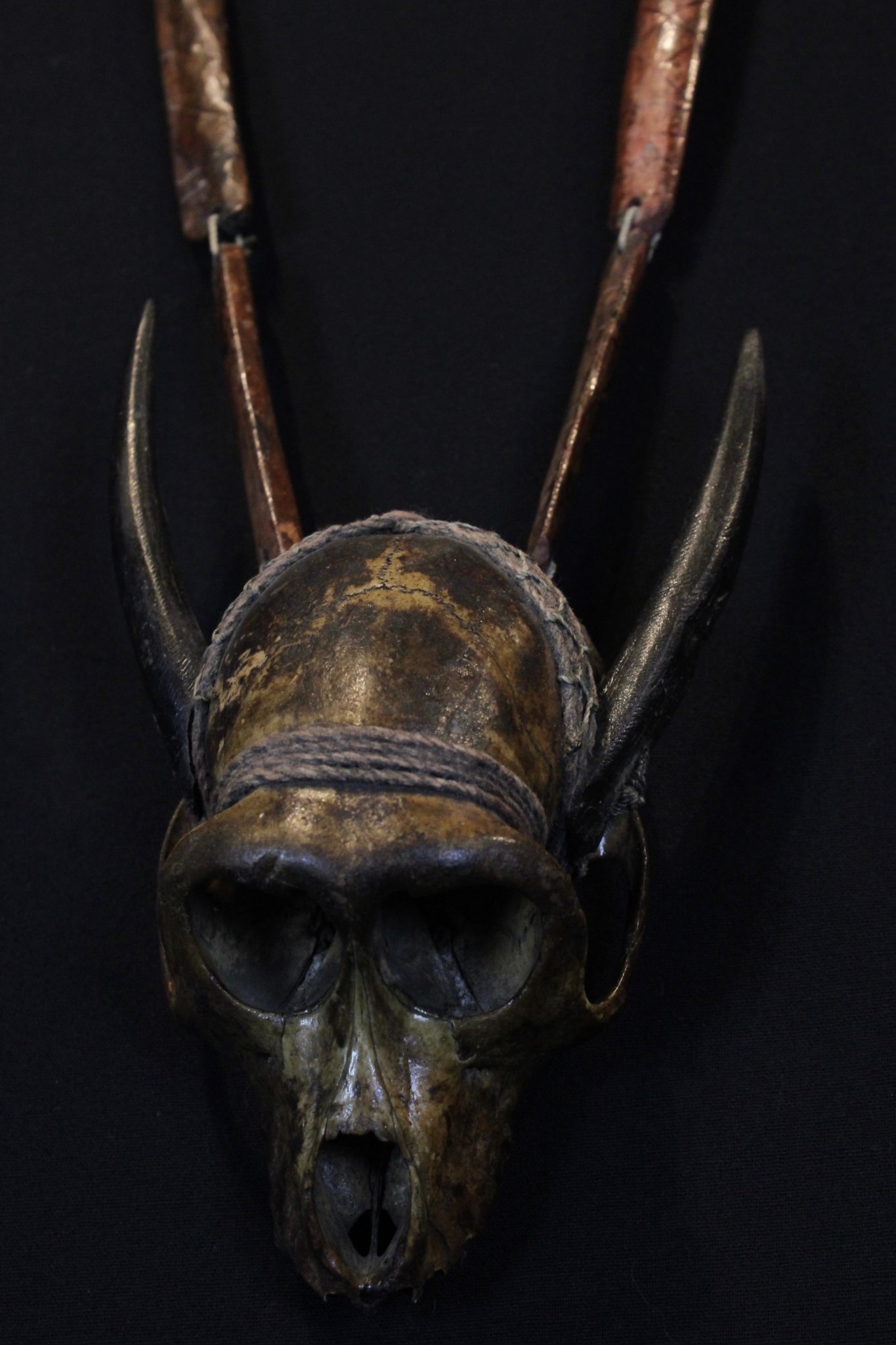
This Macaque skull and goat horn amulet was worn by the shaman for healing rituals and likely for connecting to helpful spirits. It was passed down from shaman to shaman, worn for many generations
22” x 4 ½” x 2 ½”, $780. SOLD
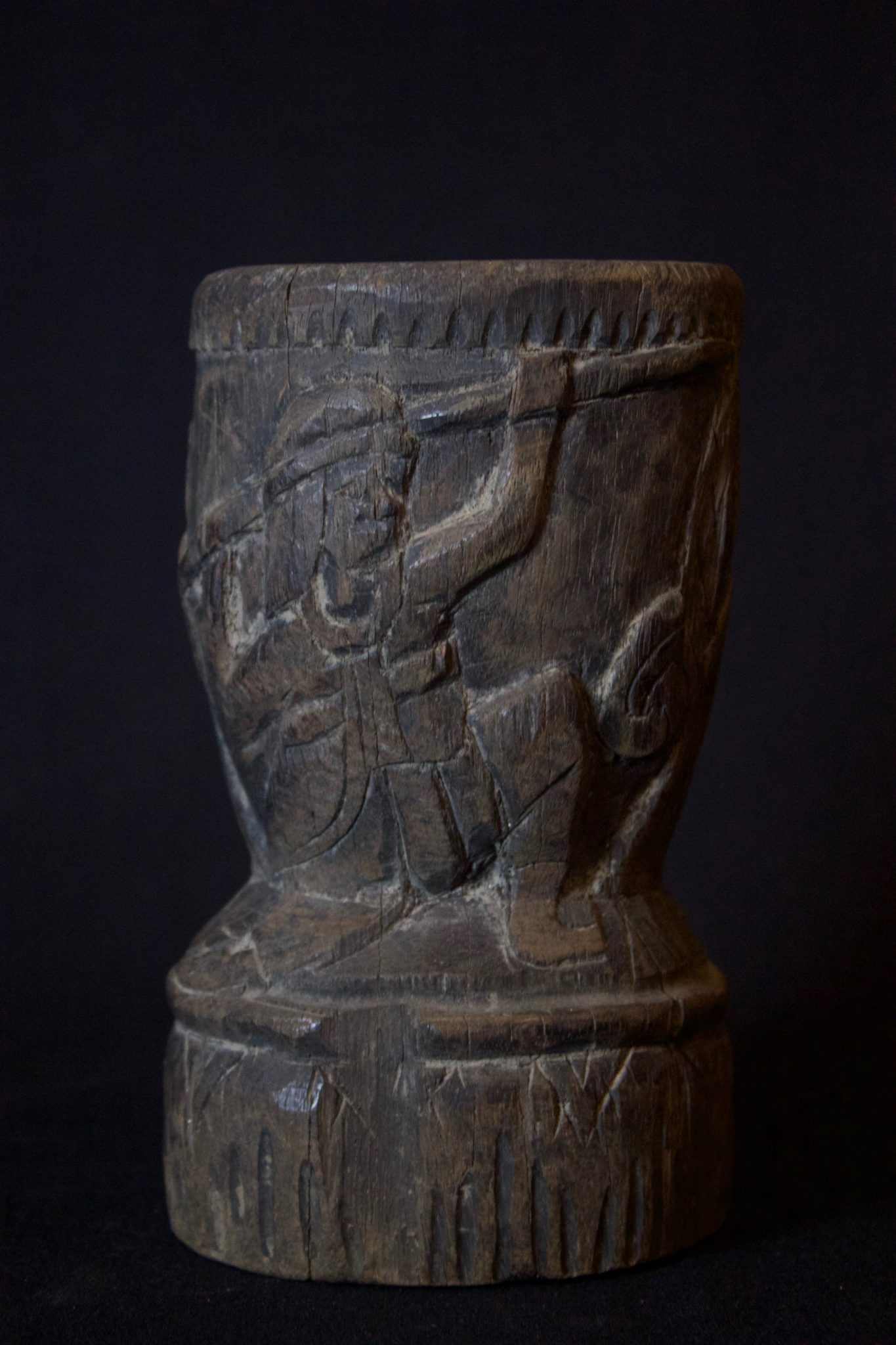
This shaman grinding bowl is for preparing healing medicinal herbs and other substances for remedies tailored for each patient. It is carved by the shaman with power designs that relate to healing rituals.
6 ½” x 4” x 4”, $190.
_______________
MYANMAR
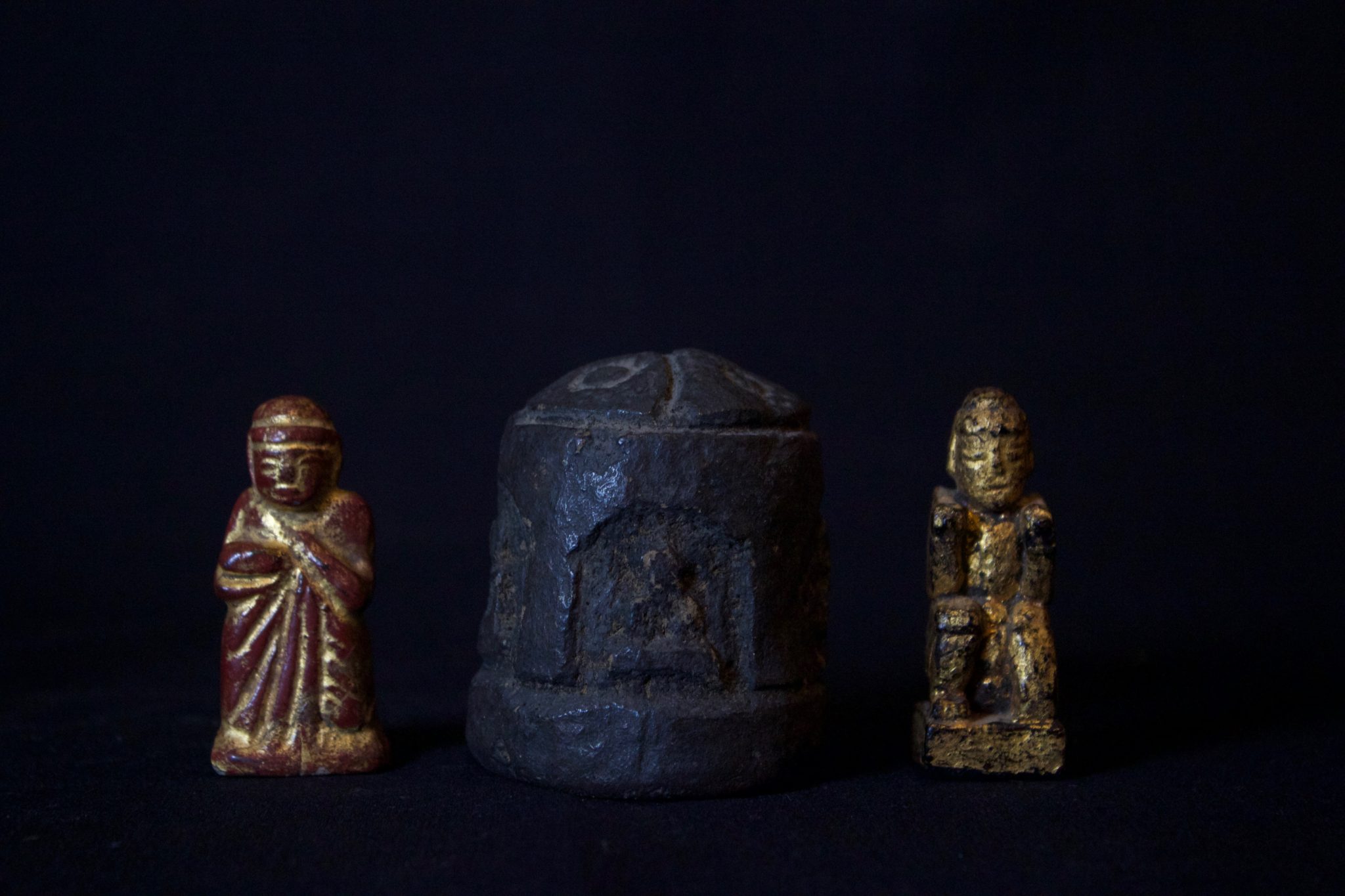
These 3 figures are not Naga, but from the neighboring country of Myanmar. They are a mixture of herbs pressed into blocks and carved into figurines for healing potions/remedies. The Shaman follows precise rituals and recipes to make these medicine figures between 3:00 and 6:00 am only.
Once pressed and detailed into the tiny figurines, the shaman will use them many times by chipping off small bits from the bottom side to prepare the appropriate mixture and dosage of healing elixirs for patients. 2 ½” to 3″, Left to right – $375., $240., $395.

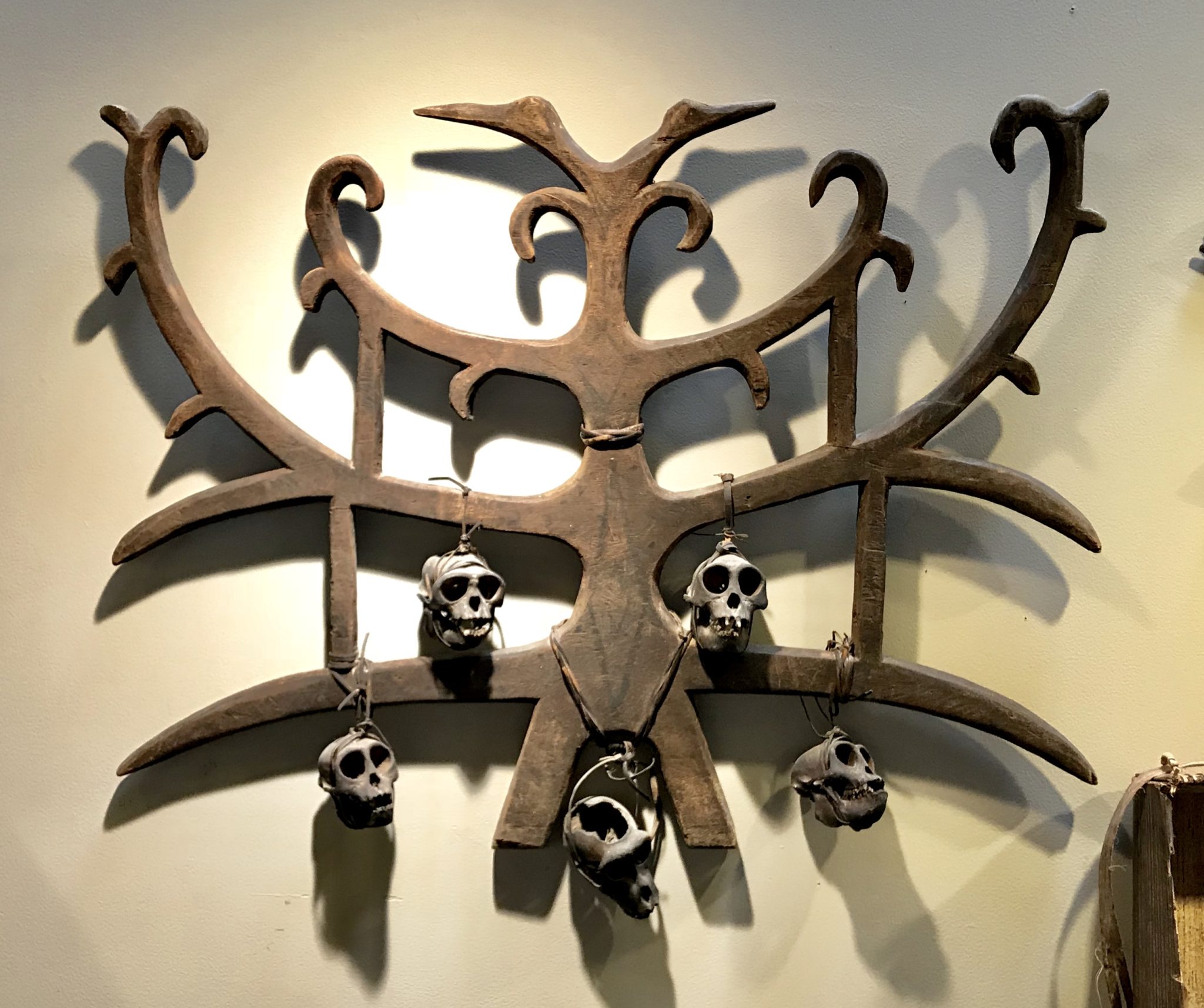
 It took months to research the individual pieces that represent many different, ancient healing cultures from South East Asia – Nepal, Vietnam, Thailand, Myanmar, Nagaland (India) and across the 17,000 Islands of Indonesia. Some of the pieces have been passed down through generations of healers and date back 400 years. Please inquire for a tour of the magical mystery pieces! If you have the time to browse, we learned a lot and would love to share all the intriguing histories.
It took months to research the individual pieces that represent many different, ancient healing cultures from South East Asia – Nepal, Vietnam, Thailand, Myanmar, Nagaland (India) and across the 17,000 Islands of Indonesia. Some of the pieces have been passed down through generations of healers and date back 400 years. Please inquire for a tour of the magical mystery pieces! If you have the time to browse, we learned a lot and would love to share all the intriguing histories.